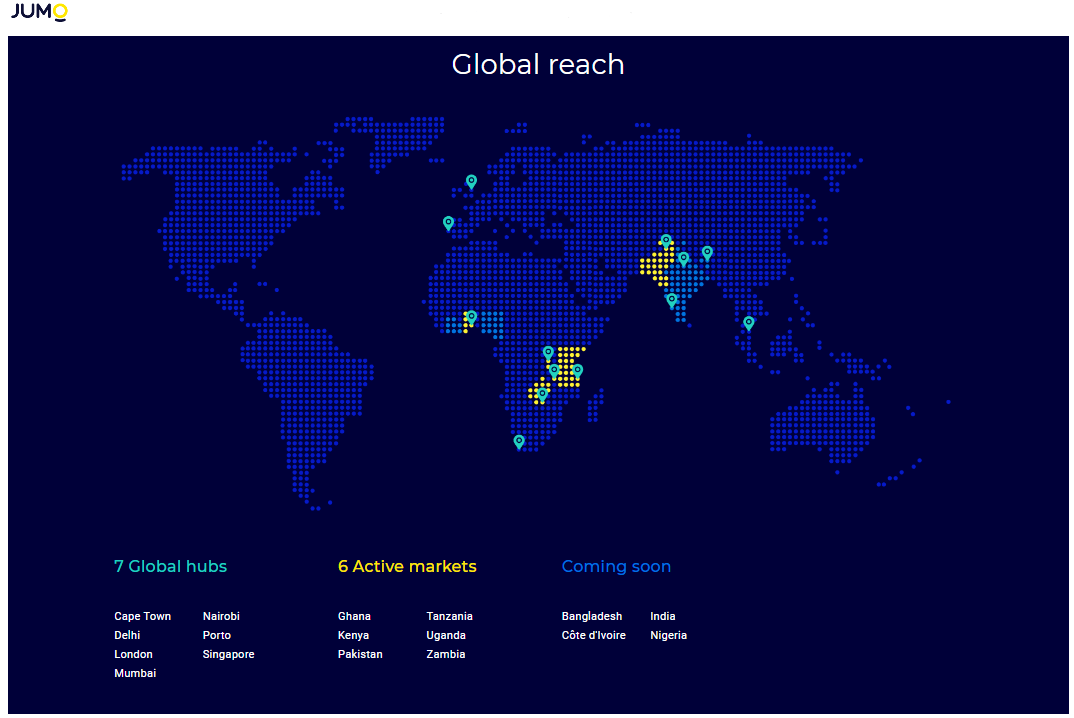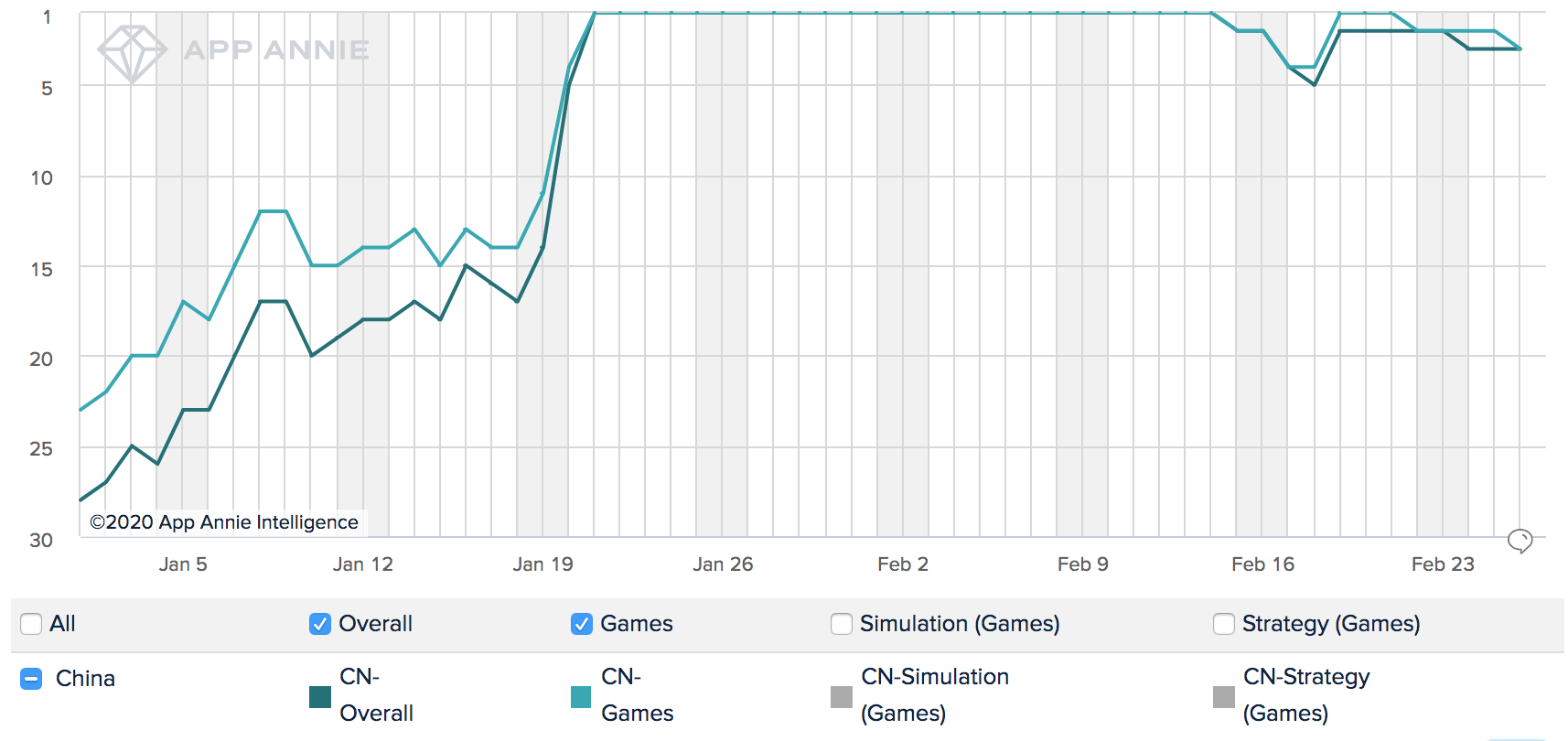The world is bracing for the seemingly inevitable proliferation of SARS-COV-12, also known as COVID-19 and coronavirus, which has already paralyzed cities and isolated millions. In the U.S., especially the nonstop work culture in startups, we tend to think we’re immune to such things and carry on business as usual. We are not only deluding ourselves but putting others in danger — so here are a few ground rules to make sure you don’t make this difficult period any harder for yourself or the people you work with.
We decided to publish something on this because we saw a lot of people unsure about what is appropriate to do and not do, as a CEO, an aspiring founder, or an employee in the tech world. If you are looking for the latest news on the health crisis or want to learn more about the virus, visit the CDC or WHO’s dedicated sites.
1. Take reasonable precautions and be transparent
The CDC says that good self hygiene and frequent hand-washing are the best ways to prevent the spread of the virus. Masks are actually not recommended, but won’t make anything worse — they’re more for someone infected than someone healthy.
You’re also only at risk of being affected by people you come into contact with — this isn’t a nerve agent that’s going to creep in through the cracks of your windows. To minimize risk, stay home if you can. This may mean canceling meetings, working remotely, or skipping a conference (if it hasn’t been canceled already).
Work through your ramen supplies, rice, and frozen leftovers, and if you do decide to go out, wash your hands frequently or carry hand sanitizer. If you order in and would rather have the driver drop something off than hand it to you, that’s fine too.
When you do something that could affect others, it might be good to explain that you’re doing it because the threat of infection. Choose your words carefully, but be clear about it: “Can we do a video call instead? I’m trying to minimize my exposure right now” is fine. If people think you’re doing this because you think they’re infected or dirty, that’s a problem on their side, and they probably haven’t read this list.
To be clear, the world isn’t a death trap right now. But because the virus can be asymptomatic and still spread, it’s not obvious where it is and isn’t dangerous to be. So you should do what makes you feel comfortable and minimizes the risk of exposure in general.
2. Don’t question precautions taken by others
A lot of things are going to go wrong over the next few weeks. Major events have already been canceled and no doubt many face-to-face meetings are being skipped out on. That sucks — but limit your judgment of the people making those decisions.
If someone doesn’t want to shake hands or fist bump, that’s OK. If someone wants to meet by video instead of the coffee shop, that’s OK. If someone leaves work early because they get freaked out, that’s OK.
Even in ordinary circumstances we never really know what other people’s motivations and limitations are, and in this situation we know even less than usual. Individuals or companies may be under pressures you’re not aware of — family, financial, religious, personal — and their decisions, even if they cause serious inconvenience to you, have to be accepted without question right now.
That goes for employers, too: If someone wants extra sick time right now, let them have it. If they want to remote in to a crucial meeting, that should be fine. If later, as their employer, you feel they may have taken advantage of the situation to slack off or take a little extra paid leave, that’s something to talk about later. Not during a global health crisis.
Now, you’re likely to see a lot of absurd and racist precautions like not eating at Chinese restaurants or popping bubble wrap because it’s supposedly Chinese air. Rather than take individuals to task for their mistaken or bigoted views, though, try to reinforce the truth by sharing reliable information from sources like the CDC and WHO. No one takes a tweet from you seriously, but people may trust an international consortium of medical and epidemiology professionals. At least that’s the hope.
3. Take the loss
This is going to cost you money, time, and opportunity. Meetings will be delayed, which will eat up overhead. Promised dates for products and services will come and go and your company will not meet them. Information you need won’t be available until it’s too late. It’s going to hurt!
Just remember: You’re not the only person or company it’s happening to. Everyone is taking a hit on this one.
Have you seen the stock market? People are getting rinsed at historic levels.
Know anyone in South Korea or coastal China? Think about what they’re dealing with.
Mobile World Congress is canceled — it’s huge! What are the organizers going to do? No idea. What about Facebook? Will they have a small, weird F8 later or what? GDC will be a ghost town if it happens at all.
This changed from a “how do I avoid issues” to pure damage control for pretty much everyone sometime over the last week. So instead of thinking about how you’re being put out, start thinking about what happens afterwards. Pack your schedule with follow-up reminders, tell your crew to track changes to timelines, inform and apologize to clients. If they’re following rule number 2, they’ll understand.
4. Evolve and interrogate your process
If these events, or others like them, are seriously affecting your productivity or the ability of your company to function, maybe you should think about that a bit. What are you unable to do — specifically? What’s stopping you — specifically?
Do you rely too much on face-to-face communications and find yourself unable to explain concepts in writing? Has your team abandoned Slack for anything productive? Are your press releases and email pitches limp? When you’re forced to fall back from your strengths, you necessarily encounter your own weaknesses.
This is an opportunity to take a good look at what you and your company are and aren’t good at when it comes to communication and productivity. In fact, it’s more than an opportunity — you’re going to be slapped in the face with these shortcomings whether you like it or not. Whether you make something out of it or not is up to you.
And think of this time as an opportunity to simply catch up. What tasks have you been putting off that you can finally take the time to do? You could work on getting to inbox zero, read the documents you promised you would weeks ago, or practice your pitch.
So much of what the tech and tech-enabled industries (which is pretty much everything now) do, we can do with limited access to one another, or even limited connectivity. And even if you can’t do your job, you can always get better at it.
5. Remember that it’s not just you
What’s happening right now is a global issue of great complexity and with far-reaching effects. The things happening to you and your company are a very small part of it.
Don’t take this personally. COVID-19 didn’t emerge from nature’s petri dish to smite your B2B payments play. Like a tropical storm or political scandal, this is something that comes out of nowhere and causes indiscriminate damage. You’re not the only one being affected, and chances are if you’re reading this that you’ve got it better than most.
At the same time, if you’re feeling frustrated or scared or pent in, knowing that it’s not just you can be helpful — others are dealing with this too and will understand.

Source: Tech Crunch
 Unlike some other cameras, including YI’s own lineup of indoor cameras that I’ve used in the past, this one doesn’t allow you to set up a specific zone to monitor. That’s an odd omission, and the one area where the camera fell short of my expectations. Occasionally, it also takes a long time for the camera to start streaming the live video feed and you have to exit the camera view and go back to the main menu. That’s not exactly a deal breaker, but it is a bit of an annoyance. A software update could probably fix both of these issues.
Unlike some other cameras, including YI’s own lineup of indoor cameras that I’ve used in the past, this one doesn’t allow you to set up a specific zone to monitor. That’s an odd omission, and the one area where the camera fell short of my expectations. Occasionally, it also takes a long time for the camera to start streaming the live video feed and you have to exit the camera view and go back to the main menu. That’s not exactly a deal breaker, but it is a bit of an annoyance. A software update could probably fix both of these issues.





 M-Pesa has 80% of Kenya’s mobile money agent network, 82% of the country’s active mobile-money subscribers and transfers 80% of
M-Pesa has 80% of Kenya’s mobile money agent network, 82% of the country’s active mobile-money subscribers and transfers 80% of 

 You can also now take a screenshot of a boarding pass’s barcode, then tap a notification to add it to Google Pay to then receive real-time flight updates as notifications. This is rolling out to all countries with Google Play on Pixel 3, 3a and 4 during March.
You can also now take a screenshot of a boarding pass’s barcode, then tap a notification to add it to Google Pay to then receive real-time flight updates as notifications. This is rolling out to all countries with Google Play on Pixel 3, 3a and 4 during March.
